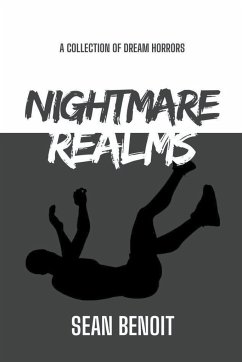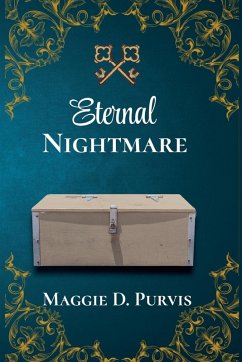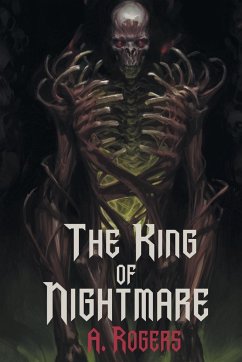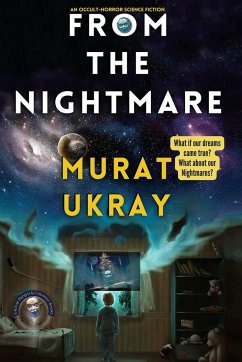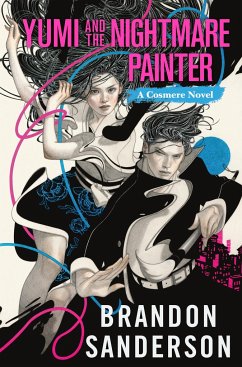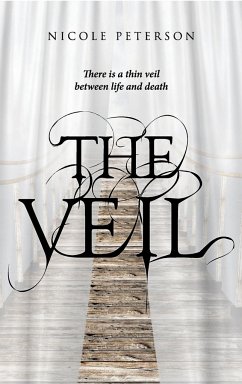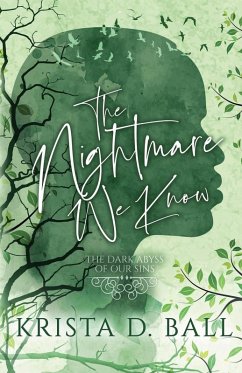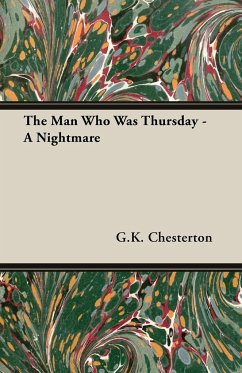
The Man Who Was Thursday - A Nightmare
Versandkostenfrei!
Versandfertig in 1-2 Wochen
20,99 €
inkl. MwSt.

PAYBACK Punkte
10 °P sammeln!
This antiquarian book contains G.K. Chesterton's 1908 masterpiece, 'The Man Who Was Thursday'. Gabriel Syme is a detective and poet. Lucian Gregory is a poet and a hard-core anarchist. After infiltrating a clandestine anarchists meeting, Syme assumes the role of one of the select group of members that makes up the 'Central Anarchist Council', and soon discovers that he is not the only person-in-disguise. A metaphysical thriller and engrossing detective story, this is a text that will appeal to those with an interest in poetry and politics, and is one not to be missed by fans of Chesterton's ri...
This antiquarian book contains G.K. Chesterton's 1908 masterpiece, 'The Man Who Was Thursday'. Gabriel Syme is a detective and poet. Lucian Gregory is a poet and a hard-core anarchist. After infiltrating a clandestine anarchists meeting, Syme assumes the role of one of the select group of members that makes up the 'Central Anarchist Council', and soon discovers that he is not the only person-in-disguise. A metaphysical thriller and engrossing detective story, this is a text that will appeal to those with an interest in poetry and politics, and is one not to be missed by fans of Chesterton's riveting fiction. Gilbert Keith Chesterton (1874 - 1936) was an English writer, theologian, philosopher, dramatist, journalist, poet, and critic. This vintage classic is being republished now in an affordable, modern edition complete with a new prefatory biography of the author.



